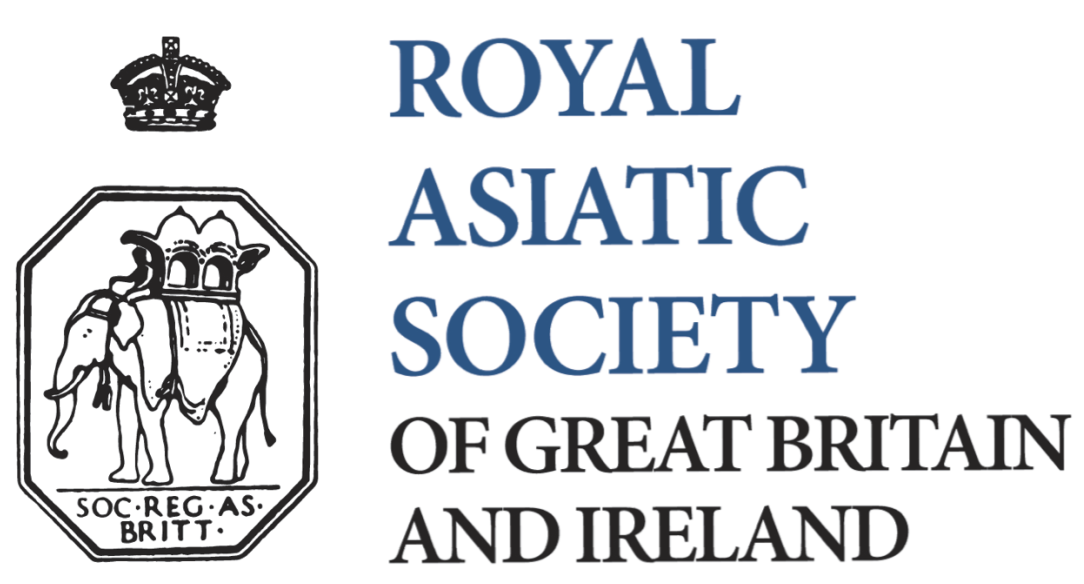Dr. Jharna Gourlay (University of Lucknow) – Forceps, Stethoscopes and Sisterhood: British Female Doctors in 19th Century India
Royal Asiatic Society Lecture Theatre 14 Stephenson Way, London, United KingdomAt the end of the nineteenth century a very special group of British women went to India. They were the doctors and nurses. Most of them were missionaries, but a significant number was secular, not associated with any specific denominations. They wanted to provide medical care to the respectable Indian women who lived in seclusion…
